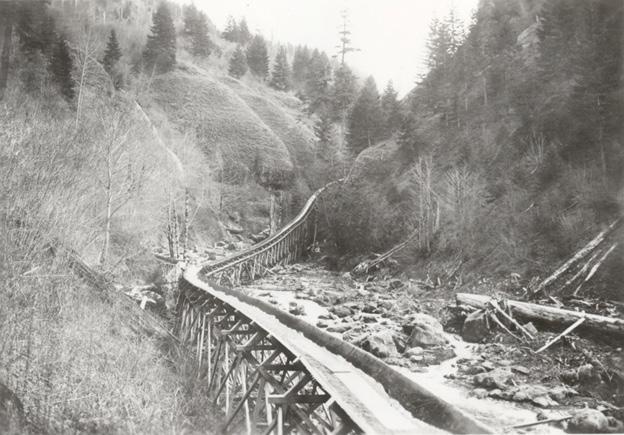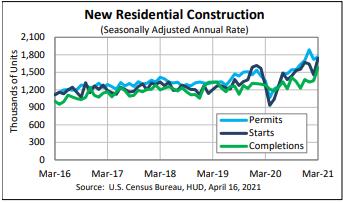
3 minute read
Commodities Feature
THE COLUMBIA RIVER RUNS ON GRAIN
Over the last five years, grain vessels calling on the Columbia River accounted for more than a third of the total traffic on the river system. In 2020, 563 of the 1,488 vessels recorded were grain vessels. Over 50% of United States grain exports leave out of the Columbia River, totaling over 63.4 billion pounds in 2020 alone.
Advertisement
The Columbia River region remains competitive with other terminals on the coast because of a proven intermodal transportation network including robust barge and rail connections.
Historically, the distance from the Ports was one of the main issues facing wheat growers seeking to get their product to market or for export trade. Before implementing the Columbia River Dam system, transportation by river meant a stop to unload and reload at the site of the Cascade Rapids.
Today, grain from the Western United States is moved efficiently and cost effectively by barges.
There are over 30 grain elevators along the Columbia and Snake Rivers which supply the barges that traverse the Columbia River and its dam systems. Grain barges can be seen all along the Columbia-Snake-Willamette River System from the mouth of the Columbia in Astoria, to the Port of Lewiston in Idaho.
Transportation of grain along the river by barge is more fuel efficient and better for the environment than train or truck methods. A single tug boat can easily handle moving 4 barges of grain, each barge can hold 122,500 bushels of grain — that’s 490,000 bushels on a 4-barge tow!
In comparison, to move the same amount of grain via truck or rail would take 538 semi-trucks or 140 rail jumbo hoppers; thus, increasing the traffic load, labor and fuel consumption required to transport the grain to a port.
The Merchants Exchange offers specialized reporting via cargo type, including a monthly Grain Report and a Daily Grain Bulletin. The Daily Grain Bulletin provides a snapshot of prices in Portland along with the Chicago, Kansas City and Minneapolis futures. Fields of data for Columbia River grain facilities is available for custom reports including: vessel information, export date, berth, destination, commodity type and weight.

TIMBER INDUSTRY IS THE HEART OF THE COLUMBIA RIVER

The timber industry has been an integral part of the fabric of Columbia River commerce and trade for well over a century and continues to play an important role in Oregon and regional economic health. Timber from the Pacific Northwest is consistently in high demand worldwide and many of our exports originate out of the Columbia River or from Oregon Coastal Ports.
From the early days of floating logs down the river in log flumes to the modern timber operations at ports, transporting PNW timber to market is a priority for the maritime industry of the Lower Columbia River.
Over the last five years, log exports made up 5% of the total vessel calls on the Columbia River. In 2020, more than 75% (43) of these vessels were heading for Japan.
According to vessel data collected by the Merchants Exchange on next-port-of-call, Japan has consistently remained the top destination for PNW logs transiting the Columbia River for export. China remains a close second.
Domestic demand for PNW lumber saw a marked increase during 2020. Lockdown renovation projects, a soaring housing market and new home building, and a devastating 2020 fire season have all contributed to recordbreaking highs in prices.
The log flume coming from the mill in Palmer toward Bridal Veil, c. 1896
United States Census Bureau. 2021. “Monthly New Residential Construction, March 2021” Release number CB21-61: newresconst.pdf (census.gov)

Demand has continued to be strong in 1Q 2021 with no sign of slowing. As of March 2021, figures on new housing starts show an increase by 37% over 2020 figures.
The Exchange tracks, records and reports on every vessel that enters the Columbia River waterway. As the leading provider of information related to the intermodal transportation system, we maintain over 110 years of historical data from which we can develop custom real-time reports and historical custom reports. All reports are available by mail, email, and/or online to our member subscribers. For more information on vessel tracking, marine intelligence, or report services, please contact Jonathan Nichol: nichol@pdxmedx.com










